Geckos are fascinating creatures known for their remarkable ability to regenerate lost tails. This natural defense mechanism, while impressive, requires careful attention to ensure the process occurs smoothly and healthily. Understanding the nuances of tail regeneration in geckos is essential for any pet owner or enthusiast who wants to provide the best possible care during this vulnerable period.
When a gecko loses its tail, whether due to stress, predation, or accidental injury, the immediate aftermath is critical. The wound must be kept clean to prevent infection. Unlike mammals, geckos do not form scabs in the same way, making them more susceptible to bacterial or fungal infections. A clean enclosure with minimal substrate that could stick to the wound is highly recommended. Paper towels or sterile reptile carpet can serve as temporary bedding to maintain hygiene.
Hydration plays a pivotal role in the regeneration process. A dehydrated gecko will struggle to heal efficiently, so ensuring access to fresh water is non-negotiable. Some geckos may benefit from occasional misting to encourage drinking, as they often lick water droplets from surfaces. Additionally, maintaining proper humidity levels in the enclosure can prevent the wound from drying out excessively, which might otherwise slow down regeneration.
Nutrition is another cornerstone of successful tail regrowth. During this period, geckos require a diet rich in protein and calcium to support tissue development. Gut-loaded insects, such as crickets or mealworms, dusted with a high-quality calcium supplement, should be offered regularly. Some keepers also find that providing a slightly higher feeding frequency helps compensate for the energy expended during regeneration.
Stress reduction is equally important. A gecko that has just lost its tail is likely to be more skittish and vulnerable. Minimizing handling during this time is advisable, as unnecessary stress can impede healing. The enclosure should be placed in a quiet area, away from heavy foot traffic or loud noises. Hiding spots and foliage can offer a sense of security, allowing the gecko to recover in peace.
The regenerated tail will not be an exact replica of the original. It often differs in texture, color, and shape, sometimes appearing shorter or more bulbous. This is normal and not a cause for concern. However, owners should monitor the new growth for signs of abnormal development, such as discoloration, swelling, or persistent bleeding, which could indicate complications requiring veterinary attention.
Patience is key throughout the regeneration process. Depending on the gecko’s age, species, and overall health, tail regrowth can take anywhere from a few weeks to several months. Younger geckos tend to regenerate faster than older ones. During this time, consistent care and observation are vital to ensure the gecko remains healthy and the new tail forms correctly.
In rare cases, complications such as incomplete regeneration or infection may arise. If the gecko shows signs of lethargy, loss of appetite, or unusual behavior, consulting a reptile veterinarian is crucial. Early intervention can prevent minor issues from escalating into serious health problems.
Tail loss is a natural part of a gecko’s life, and with proper care, the regeneration process can proceed without major hurdles. By maintaining a clean environment, providing optimal nutrition, and reducing stress, owners can support their geckos through this remarkable biological feat. The ability to regrow a tail is just one of the many reasons these creatures captivate reptile enthusiasts around the world.
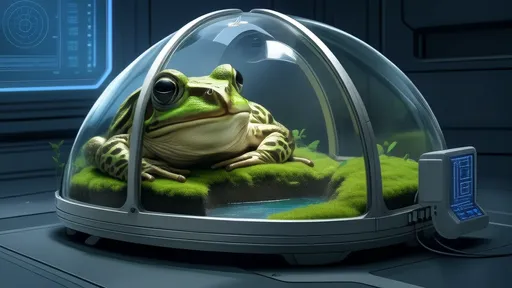
By /Jun 28, 2025
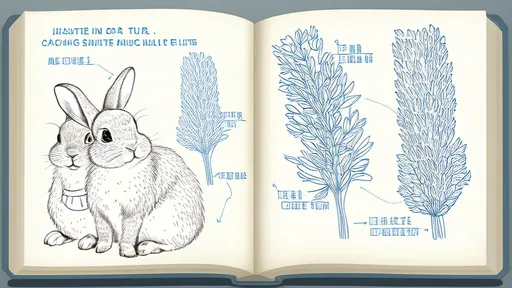
By /Jun 28, 2025

By /Jun 28, 2025
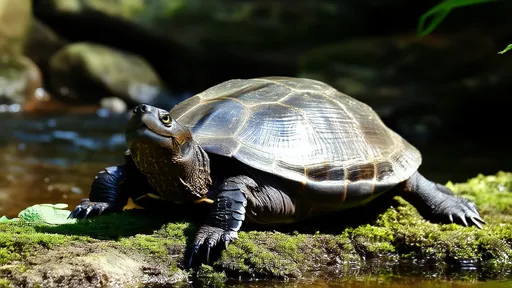
By /Jun 28, 2025
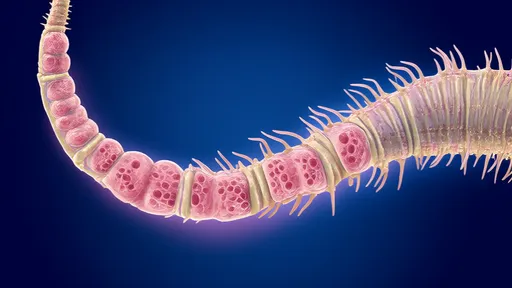
By /Jun 28, 2025
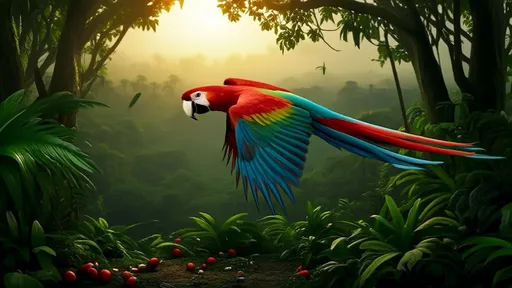
By /Jun 28, 2025
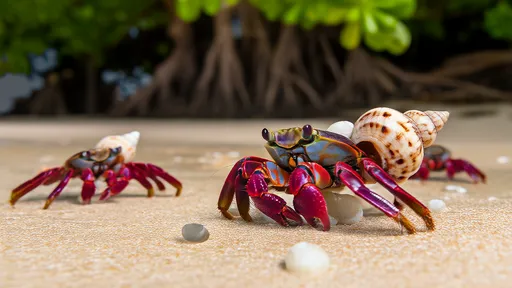
By /Jun 28, 2025

By /Jun 28, 2025
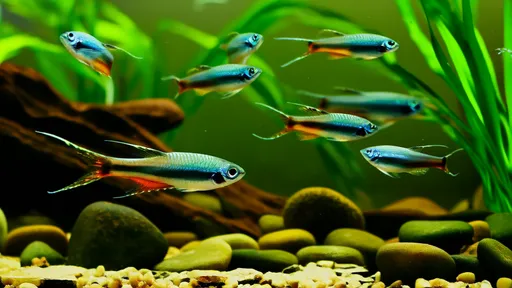
By /Jun 28, 2025
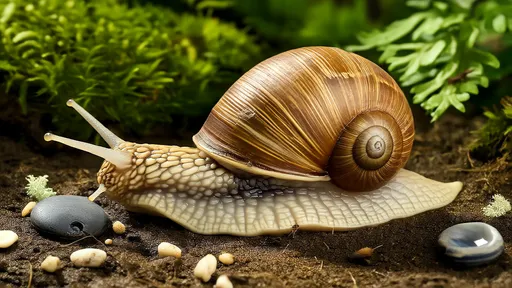
By /Jun 28, 2025
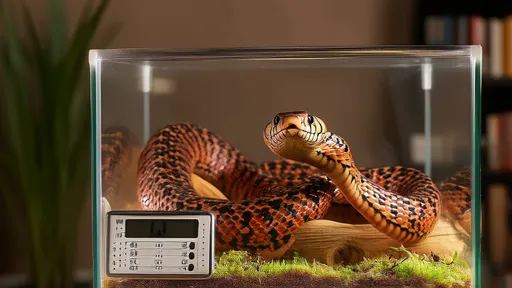
By /Jun 28, 2025
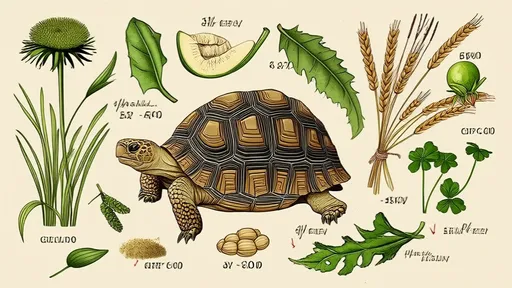
By /Jun 28, 2025
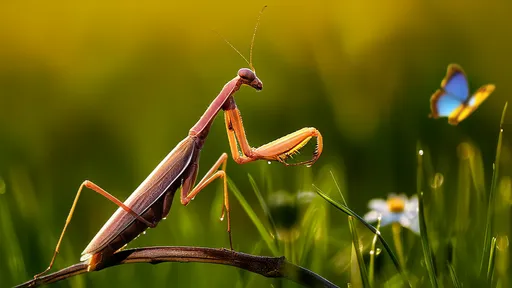
By /Jun 28, 2025
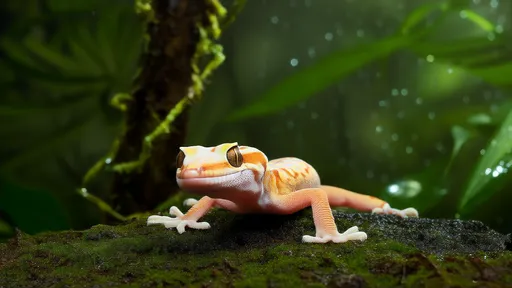
By /Jun 28, 2025
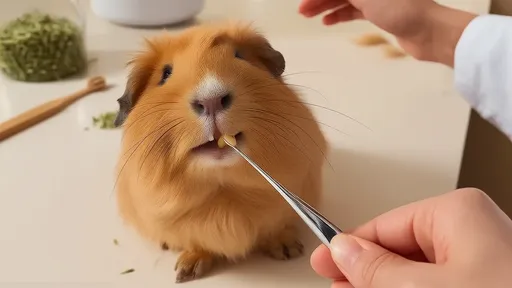
By /Jun 28, 2025
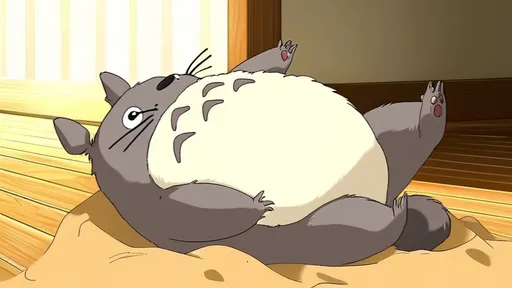
By /Jun 28, 2025